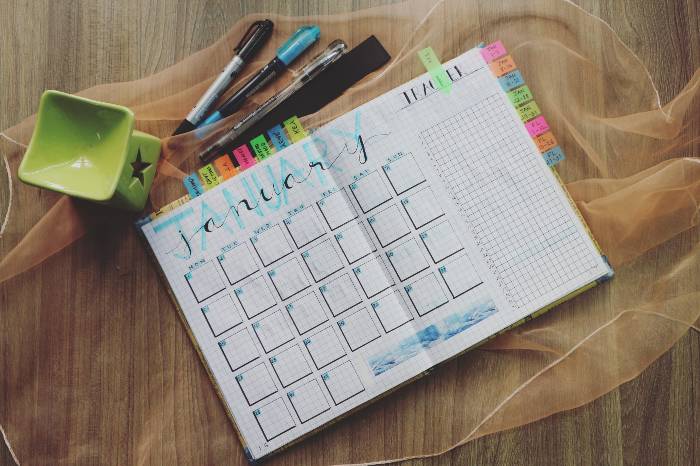
The best way to form a habit is to practice it consistently. Which generally means doing something everyday. On purpose.
The most popular advice is referred to as “don’t break the chain”. Attributed to Jerry Seinfeld, the idea is simply to do the thing you want to do. Then put a big X on the calendar. Wake up and do it again.
The simple beauty is obvious. Once you start, you’ll keep going. Even if you don’t feel like. You’ll want to do it, if for no other reason than to not break the chain.
This is the same methodology of most habit trackers: on your phone or in your journal. Track the thing(s) you want to do a lot and then mark them when you do them. Rinse and repeat.
I’ve been tracking habits for years and find the process a mix of moderately useful and a bit ridiculous. My commitment ebbs and flows.
I’ve got a new vision for my own practice:
parallel habit tracking.
There are some things I need to do every day. But they aren’t habits. They are necessary actions I need to be habitual about. Things like taking vitamins or flossing my teeth.
And then there are the things I want to order my life around, like reading, writing, and walking.
In a sense, because there is a difference between needs and wants, it seems sensible that we might treat them differently.
But more importantly, these are habits that take real effort.
Certainly, flossing when you’ve already climbed into bed takes effort (we all know just how much!). But as an action, it only takes a minute. Literally. Popping a couple vitamins in the morning takes seconds.
Reading for 20 minutes of a book you’re struggling to finish? That’s a substantially different kind of commitment.
I’m now tracking habits in two ways.
I keep track of all the habits in an app. And I separate them by time of day to make doing them in batches more likely.
The harder habits also go in my bullet journal. This way I am not merely tracking the doing, but the how and what. This gives me more control over how I process the habit and see how it is going.
But for me, it is far less important that I track in an app and/or a journal than that I treat them differently.
I keep the simple things simple. So I don’t really care about them. Do them. Mark them as done. And then move on.
Caring about three things makes them more doable. As opposed to nine things, three important ones become much more possible.
Yes, this approach is redundant. But I accept this redundancy because it makes all of it more likely to get done.
In Practical Terms
I use the app, Streaks on my phone to keep track of nine routines. Then I separate these routines into three different pages I think of as: morning, day, evening.
The first page contains routines which are all part of my morning routine. So I usually can get these done first thing.
The third page is likewise routines for the end of the day.
The middle page are the three habits I’m also tracking in my bullet journal. These are the ones I care about, which require the most attention, and which will receive attention throughout the day.
This allows me to separate routine from habit for clarity in the Streaks app. And I don’t have to log the habits in the journal until the next day.
Because the most important part of making habits is not to collect a bunch of them. It’s to make valuable things habitual.
